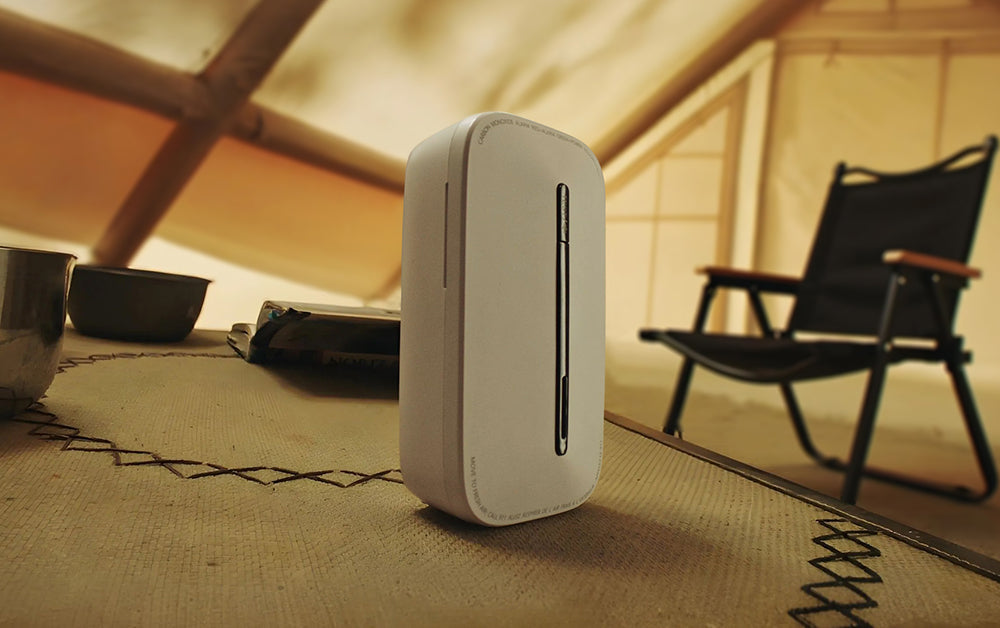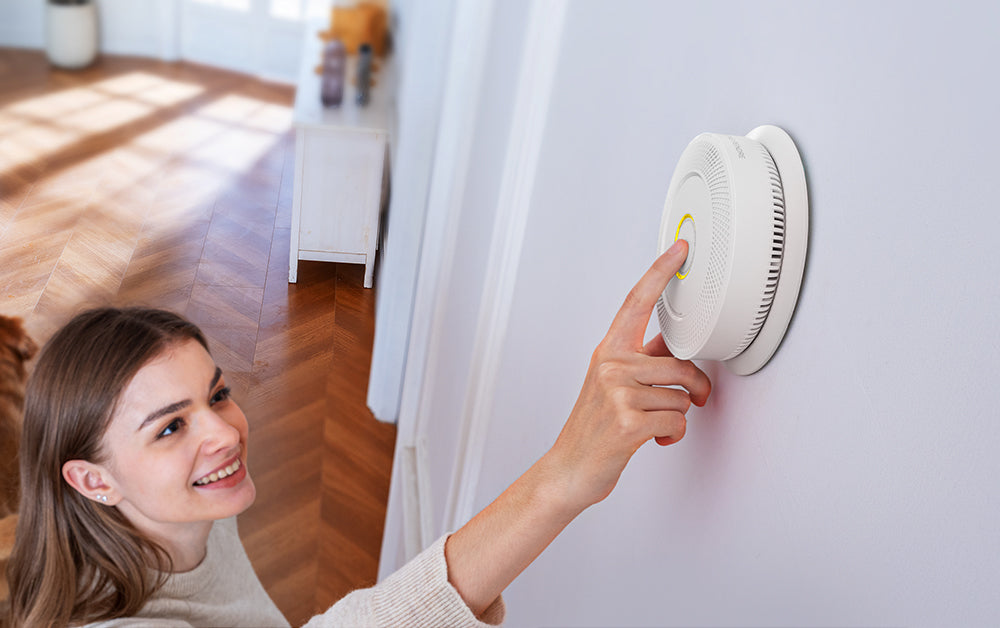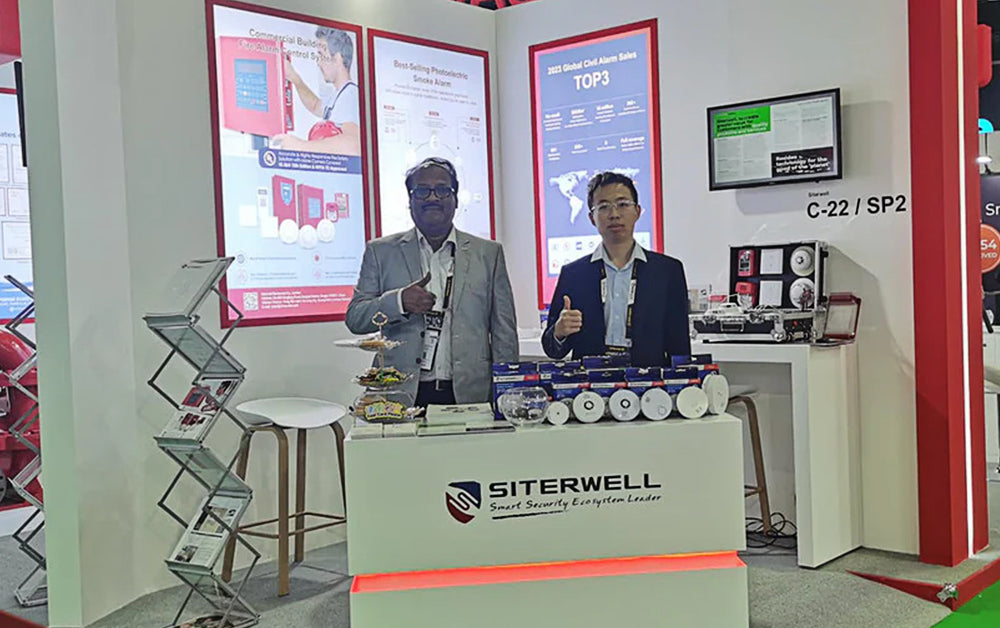Carbon monoxide alarms play a vital role in providing early warning of potential dangers. They are designed to detect elevated levels of carbon monoxide (CO) in the air and sound a loud alarm to prompt immediate action. Understanding what triggers these alarms is critical to maintaining a safe living environment.
Common Triggers for Carbon Monoxide Alarms
Appliance malfunction:
Faulty or poorly maintained fuel-burning appliances—such as furnaces, water heaters, stoves, or fireplaces—can produce dangerous levels of carbon monoxide and trigger the alarm.
Impeded ventilation:
Improper ventilation or blocked flues can cause carbon monoxide to build up indoors. This is especially common in spaces with poor airflow or blocked vents.
Incomplete combustion:
When fuel is not completely burned, more carbon monoxide is produced. This can happen when the device is not working properly or when a damaged or improperly installed device is used.
Driving a vehicle in an enclosed space:
Running a vehicle or generator in an enclosed space such as a garage can cause carbon monoxide to build up. This is a potential risk, especially in cold weather when people may try to heat their vehicle indoors.
How to Respond to a Carbon Monoxide Alarm
Evacuation:
Leave the building immediately and get some fresh air. Don't waste time trying to identify the source of carbon monoxide or ventilate the area.
For help:
Contact emergency services and tell them you suspect a carbon monoxide leak. They will be equipped to handle the situation and can perform the necessary tests to confirm the presence of carbon monoxide.
Seek medical assistance:
If anyone in your home shows symptoms of carbon monoxide poisoning, seek medical attention immediately. Carbon monoxide poisoning can be life-threatening, and early treatment is crucial.
Carbon monoxide alarms are an indispensable tool for protecting homes and businesses from the silent threat of carbon monoxide poisoning. Understanding the common triggers of these alarms enables individuals to take preventive measures and respond effectively during emergencies. Regular maintenance of gas appliances, proper ventilation and vigilance are important steps in minimizing the risk of carbon monoxide exposure. By prioritizing safety and awareness, we can ensure our living spaces remain healthy and free from this unseen danger.
From Siterwell Team.



